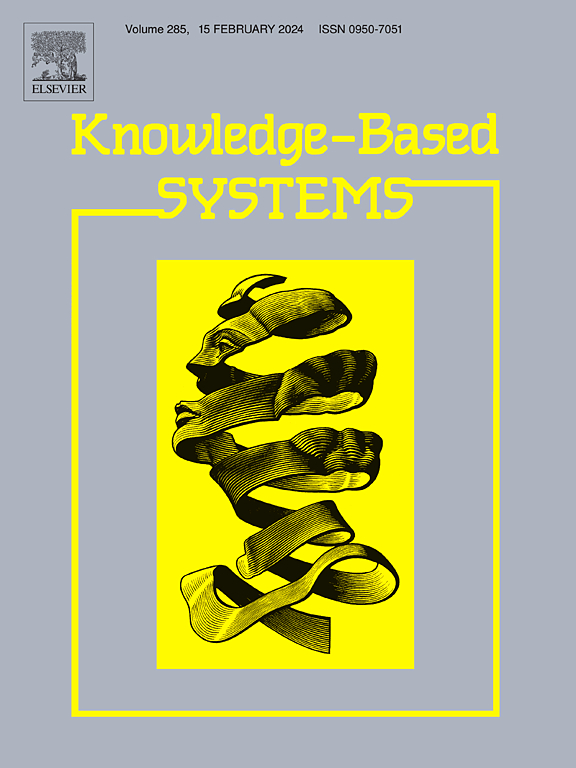Textual semantics enhancement adversarial hashing for cross-modal retrieval
IF 7.2
1区 计算机科学
Q1 COMPUTER SCIENCE, ARTIFICIAL INTELLIGENCE
引用次数: 0
Abstract
Supervised cross-modal hashing seeks to embed rich semantic information into binary hash codes, thereby enhancing semantic discrimination. Despite substantial advancements in cross-modal semantic learning, two critical challenges remain: (1) the fine-grained semantic information inherent in individual words within text contents is underutilized; and (2) more efficient constraints are required to mitigate the distributional heterogeneity across modalities. To overcome these issues, we introduce a Textual Semantics Enhancement Adersarial Hashing method, abbreviated as TSEAH, aimed at further improving hashing retrieval performance. Our approach introduces an effective textual semantics enhancement strategy involving a Bag-of-Words Self-Attention (BWSA) mechanism, which accentuates fine-grained semantics from textual content. This mechanism facilitates the transfer of fine-grained semantic knowledge from texts to images. Furthermore, we incorporate an adversarial hashing strategy within the cross-modal hashing learning process to ensure semantic distribution consistency across different modalities. Importantly, our solution achieves impressive results without the need for complex visual-language pre-training models. Comparative evaluations across three commonly used datasets demonstrate that our method achieves outstanding average accuracy: 90.41 on MIRFLICKR-25K, 82.86 on NUW-SIDE, and 83.53 on MS COCO, outperforming the state-of-the-art baselines by a significant margin ranging from 1.97 to 2.51.

用于跨模态检索的文本语义增强对抗哈希算法
本文章由计算机程序翻译,如有差异,请以英文原文为准。
求助全文
约1分钟内获得全文
求助全文
来源期刊

Knowledge-Based Systems
工程技术-计算机:人工智能
CiteScore
14.80
自引率
12.50%
发文量
1245
审稿时长
7.8 months
期刊介绍:
Knowledge-Based Systems, an international and interdisciplinary journal in artificial intelligence, publishes original, innovative, and creative research results in the field. It focuses on knowledge-based and other artificial intelligence techniques-based systems. The journal aims to support human prediction and decision-making through data science and computation techniques, provide a balanced coverage of theory and practical study, and encourage the development and implementation of knowledge-based intelligence models, methods, systems, and software tools. Applications in business, government, education, engineering, and healthcare are emphasized.
 求助内容:
求助内容: 应助结果提醒方式:
应助结果提醒方式:


